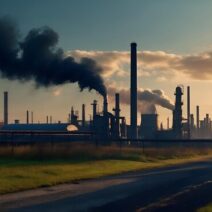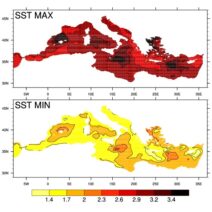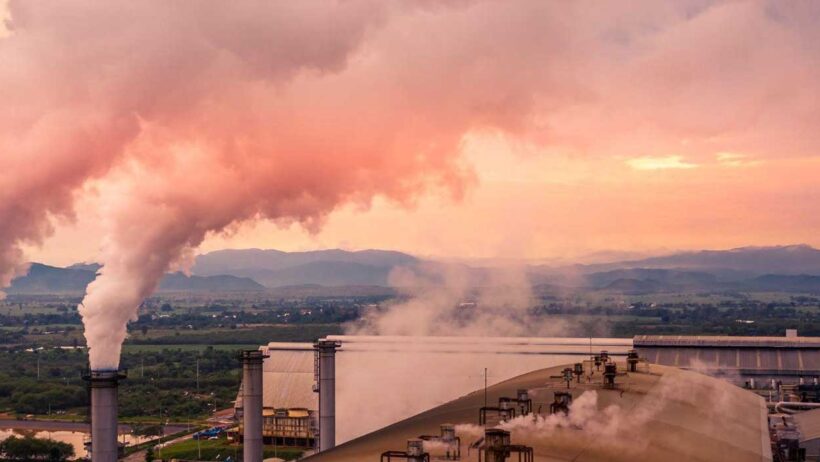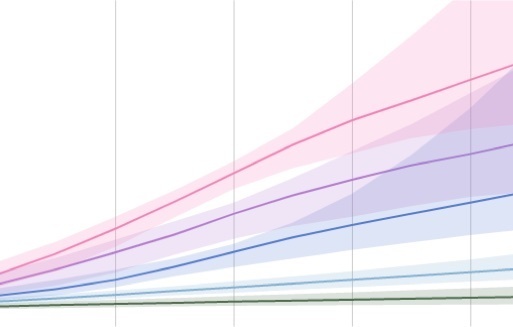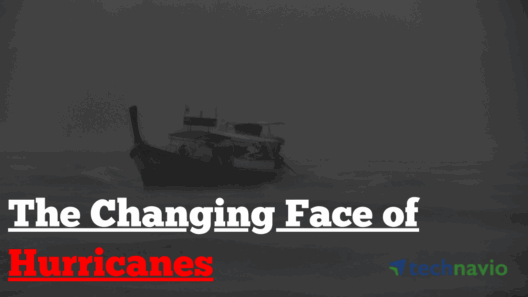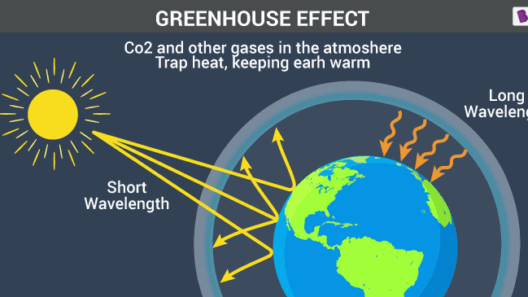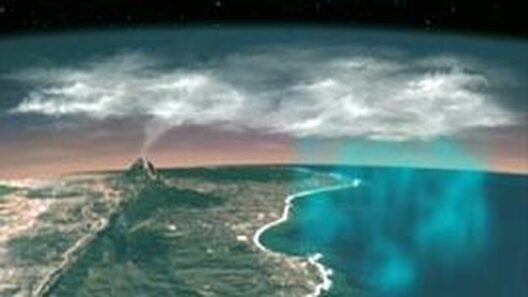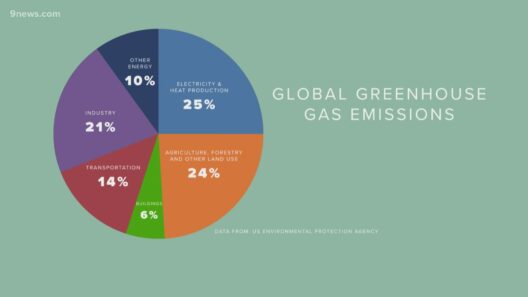Climate change is an omnipresent issue that significantly impacts our planet and its inhabitants. A major player in this phenomenon is the greenhouse effect, which refers to the trapping of heat in the atmosphere by certain gases. While anthropogenic activities largely drive this effect, the contributions of both humans and animals are often overlooked. Understanding how these living beings participate in this complex system is essential for devising effective mitigation strategies.
Greenhouse gases, such as carbon dioxide, methane, and nitrous oxide, are fundamental to this process. Although these substances are natural components of the Earth’s atmosphere, human activities have exacerbated their concentrations. Animals, too, contribute to greenhouse gas emissions, albeit in different ways. An exploration of these contributions reveals a fascinating, intricate web of biological and environmental interactions.
The contributions of humanity to the greenhouse effect are multifaceted. Industrial activities, transportation, and deforestation are among the leading causes of increased greenhouse gas emissions. These actions not only generate emissions directly but also alter the natural carbon cycle. For example, the burning of fossil fuels releases vast quantities of carbon dioxide, a gas that plays a critical role in the greenhouse effect. As industries proliferate and urban areas expand, so does the consumption of energy derived from fossil fuels. This phenomenon underscores the insatiable demand for energy in our modern society.
In addition to industrial activities, agriculture represents another significant avenue through which humans contribute to the greenhouse effect. Livestock farming, particularly cattle, is responsible for substantial methane emissions due to enteric fermentation during digestion. Methane is over 25 times more effective than carbon dioxide at trapping heat in the atmosphere over a 100-year period. Furthermore, the use of synthetic fertilizers in crop production releases nitrous oxide, another potent greenhouse gas. These agricultural practices illustrate the complexity of human impact on the climate system and emphasize the need for sustainable farming strategies.
Moreover, deforestation severely affects carbon sequestration—the process by which trees absorb carbon dioxide from the atmosphere. When forests are cleared for agriculture or urban development, the stored carbon is released into the atmosphere. According to recent estimates, deforestation accounts for nearly 10% of global greenhouse gas emissions, underscoring the urgent need for conservation efforts.
While humans play a prominent role in elevating greenhouse gases, animals also contribute to this phenomenon through natural biological processes. For instance, wild animals, particularly large herbivores, can produce methane through digestion. This process, known as enteric fermentation, occurs in the stomachs of ruminants like deer and bison. Although the scale of these emissions is comparatively smaller than those produced by livestock farming, they are nonetheless pertinent in understanding the overall dynamics of greenhouse gas production.
Moreover, natural ecosystems, such as wetlands, also release considerable amounts of methane. These emission sources, influenced by climate conditions, can act as feedback mechanisms. For example, warmer temperatures can enhance the decomposition of organic matter in wetlands, further increasing methane emissions. Thus, animal activity within ecosystems is intricately tied to the broader framework of climate change, highlighting the interconnectedness of various biological and environmental systems.
Humans and animals also impact the greenhouse effect through profound changes in land use and habitat destruction. Urbanization and industrial development result in the fragmentation of ecosystems, which can lead to loss of biodiversity. Reduced biodiversity diminishes nature’s capacity to mitigate climate change, as diverse ecosystems are better equipped to sequester carbon. The interplay between biodiversity, animal populations, and the greenhouse effect adds another layer of complexity to this pressing issue and points to the long-term consequences of habitat loss.
In light of these insights, it becomes evident that both human actions and animal contributions have significant implications for greenhouse gas emissions. Addressing climate change necessitates holistic approaches that consider the roles of all living beings in the ecosystem. Innovative solutions may include sustainable agricultural practices, wildlife conservation efforts, and comprehensive urban planning. Each of these strategies can mitigate the adverse effects of human activity while respecting the ecological balance that has evolved over millennia.
The role of humans and animals in climate change, particularly regarding the greenhouse effect, serves as a compelling reminder of our interconnectedness with the planet. As we grapple with the impending consequences of climate change, it is crucial to recognize that our actions—whether through industrial practices, agricultural methods, or conservation efforts—carry weight. To foster a sustainable future, we must appreciate the delicate balance of nature and our place within it.
In conclusion, the contributions of humans and animals to the greenhouse effect are inextricably linked to the nuances of climate change. From industrial emissions to the natural processes shared between species, understanding these relationships provides a clearer picture of the challenges ahead. Acknowledging the significant roles that all living beings exercise in this complex web can inspire collective action, promoting a more harmonious existence with our environment and a healthier planet for generations to come.
